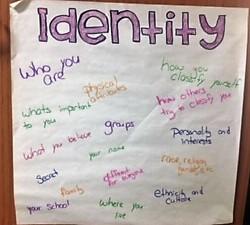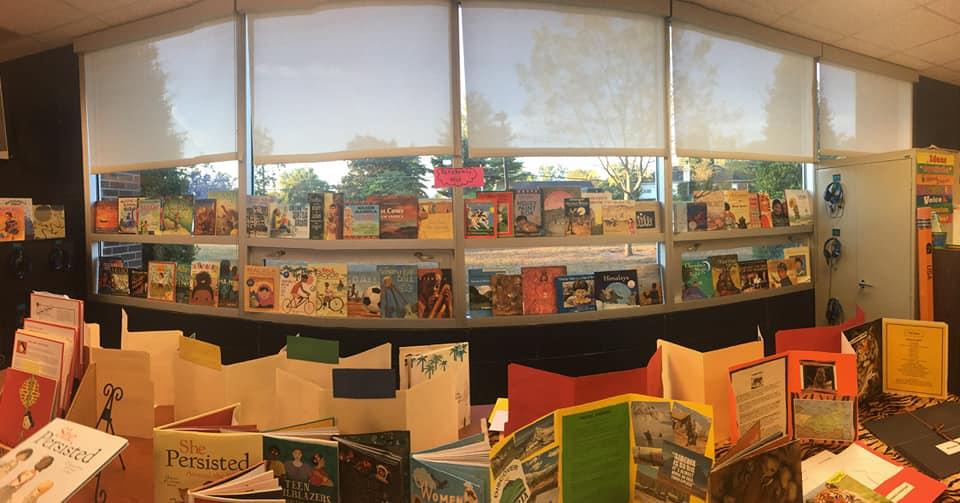NARRATIVE SPACES: PROVIDING OPPORTUNITIES FOR STUDENTS’ SACRED LITERACIES WITHIN THE CLASSROOM Christina L. Romero-Ivanova
A person needs to vent. Everyone needs that outlet but not everyone can afford a psychologist for Tuesday night therapy. Thus, incorporating this spoken word into the classroom will change the climate or the culture of a room. Students will know that there is a freedom and safety net in this classroom. -Heather, Elementary Education student
their experiences with others. Heather notes, “But for some, especially those students who have gone through difficult times in life, Spoken Word is a lifeline.” Spoken Word has been defined as purposeful and meaningful poetry that is verbally transmitted in a cadenced rhythm (Fisher, 2005; SomersWillett, 2016). I had first observed Spoken
Spoken Word
Word – a blending of smooth rhythmic phrases, narrated ellipses of trauma, social
In the above quotation, Heather (a
inequalities, and struggle that flow out from a
former elementary education student of mine)
speaker’s lips in an articulated, way – during
reflects on a unit of spoken word poetry we
one performance at a local Spirit Fest. It was
completed in our Reading Methods I course,
during this performance (and afterward), that
which I teach every semester that includes
I began deeply considering Spoken Word and
sharing poems and specifically, spoken word
its use in my classroom space. Reflecting on
poems we create. In her reflection, Heather
that performance, I now believe I
notes that using slam/spoken word poetry in
conceptualized Spoken Word as a
the classroom can be therapeutic, helps to
performance of hope, or as Heather referred,
change the classroom climate, and creates a
“a lifeline”. I needed to create a space of
safe space in which class members can share 8




